Ecotourism 20 Years on
Friday, 05 Apr, 2010
0

The time has come to truly finance parks through tourism concessions… the vision is clear. After 20 years, it appears that tourism is still the prime candidate to help pay for parks around the world – TIES Founder
The Founding of TIES…
In 1989, I was working as an independent filmmaker with my own company, Ecoventures, specializing in environmental documentaries. I convinced the National Audubon Society to produce an hour-long documentary on ecotourism for television. Writes Megan Epler Wood
The funding covered production in Kenya, Belize and Montana. With a serious budget, I researched every aspect of how tourism was providing income to parks and quickly discovered the most articulate advocate for using tourism to finance parks was Dr. David Western.
Known as Jonah by all his friends and colleagues, Western was the head of the Wildlife Conservation Center program of the New York Zoological Society (NYZS) in East Africa. The son of a game warden, he was field seasoned from birth, had a wickedly smart ability to sum up key points, and had long been a strong advocate community-based conservation. This led him to be one of the earliest advocates for ecotourism. We met twice, once for an audio tape interview at the Central Park Zoo in New York City, and once in Amboseli National Park with a whole film crew. After the shoot, I asked if I could make a private visit to discuss an idea with him, and he invited me to his home.
The idea I presented was the founding of The Ecotourism Society (later to become The International Ecotourism Society). Sitting in front of an African water hole, having tea at Western’s house overlooking Nairobi National Park, I made my pitch. I would be the point person, and he would be my chairman. He agreed and TIES was born.
Back in Washington, books were being written about the potential for tourism to fund parks. Elizabeth Boo of WWF-US wrote, Ecotourism: Potentials and Pitfalls, which caught the eye of conservationists around the world. Karen Ziffer, a Stanford MBA who was snatched up by Conservation International, wrote the second work Ecotourism, An Uneasy Alliance; laying out the challenge for ecotourism to both fund local conservation and fuel economic development.
During the production of the Audubon film, I held meetings on the potential of an international organization dedicated to ecotourism. Boo, Ziffer and I were the core working group. World Resources Institute economist Kreg Lindberg soon joined us, and Ecoventures’ marketing director Frances Gatz worked on outreach. When Western joined forces with us, funds were raised and in 1990 the new organization was founded.
The idea of an international organization dedicated to making ecotourism a tool for conservation and sustainable development was new. It was the first organization in the world to dedicate all of its resources to tourism as a sustainable development mechanism.
Funding to launch came with two grants (which Western and I raised together) from the Liz Claiborne Art Ortenberg Foundation and the Merck Family Fund. The organization’s goals were set out by its first board of directors in its first meeting in May of 1990. And the first definition for the concept of ecotourism that incorporated sustainable development ideas was coined: “responsible travel to natural areas that conserve the environment and sustain the well being of local people.”
With a definition in hand we went to work. But ecotourism had few organizing principles and could not be called a professional discipline. It was merely a very interesting, and ever controversial idea. With every year, we brought more expertise together, attracted thousands of members in countries across the planet, and slowly but surely laid out a set of professional methodologies and guidelines. Lessons have been learned, and the market for ecotourism has grown. But its role as a financing engine for parks remains nascent.
Ecotourism Now…
Twenty years later in 2010, the funding crisis for protected areas remains. The hard work of getting funding mechanisms into place via government policies has advanced slowly.
Recent news is not encouraging. Parks and protected areas around the world face a growing crisis to cover the costs of their operation and management. It is estimated that at least $ 12-13 billion will be needed in the next decade to mange protected areas in developing countries according to IUCN World Congress documents in 2005. Parks have long been one of the main attractions for the tourism industry, and this trend continues to increase. But most decision makers remain woefully unaware of the economic importance of parks.
IUCN’s 2008 World Congress focused on creating market viable ecotourism products. In this exact same time period, the international adventure and related ecotourism industry was having one of its greatest boom periods in history. Businesses were bringing record numbers of visitors to parks, and yes entrance fees were being raised around the world. But few efforts to finance yawning budget gaps with tourism were implemented on the scale required. While park budgets reach crisis proportions, the tourism marketplace is kept at arm’s length by park administrators.
Nevertheless, real progress has been made. The national parks of South Africa launched a concession program that has been economically, socially, and environmentally successful, according to Gigu Varghese, the head of business development for South African National parks (SANParks). SanParks manages over 4 million hectares of pristine wilderness in a system of 23 national parks. After the democratization of South Africa in 1994, the government became answerable to a much larger population and their economic needs.
In 1998, SANParks was told to prepare to become less dependent on government funding. In 2000, private operators were given the legal right to operate in 11 sites with 20-year contracts, a public-private approach known as concessions, which yielded over $14 million to SANParks in 5 years. Stringent environmental standards were applied and local employment was generated, all carefully monitored and scored to ensure that black populations were a prime beneficiary of the effort.
Concessions are a government contracting instrument with a solid history. The first concession arrangements for parks in the world were authorized by the US National Park Service after its founding in 1916. But only recently has it been fully demonstrated that this type of contract can also include environmental and social goals. According to IUCN author, Derek de La Harpe, park agencies, often with strong qualifications in biological issues, frequently lack the managerial, financial and commercial skills, resources and mindsets needed to oversee businesses. Most park agencies still resist working with the private sector.
Oliver Hillel, of the Secretariat for the Convention on Biological Diversity, states,
“The vast majority of national park agencies still are unprepared to partner productively with the tourism industry. Building the capacity of park agencies and local authorities to engage with tourism industry representatives could easily result in doubling current economic benefits from tourism to protected areas.”
Tourism concessions worth billions of dollars in new revenues for conservation could help to bridge the funding gap for parks around the world. Businesses are willing to pay governments for the opportunity to operate in parks and protected areas; and concession contracts that require strong environmental and social standards are entirely feasible.
The time has come to truly finance parks through tourism concessions. Hard work to create the legal mechanisms and management capacity is required, but the vision is clear. After 20 years, it appears that tourism is still the prime candidate to help pay for parks around the world.
Megan Epler Wood has just set up a new course at University of Vermont see: www.travelmole.com/stories/1141246.php
Valere
Have your say Cancel reply
Most Read
TRAINING & COMPETITION
 United Kingdom
United Kingdom United States
United States Asia Pacific
Asia Pacific




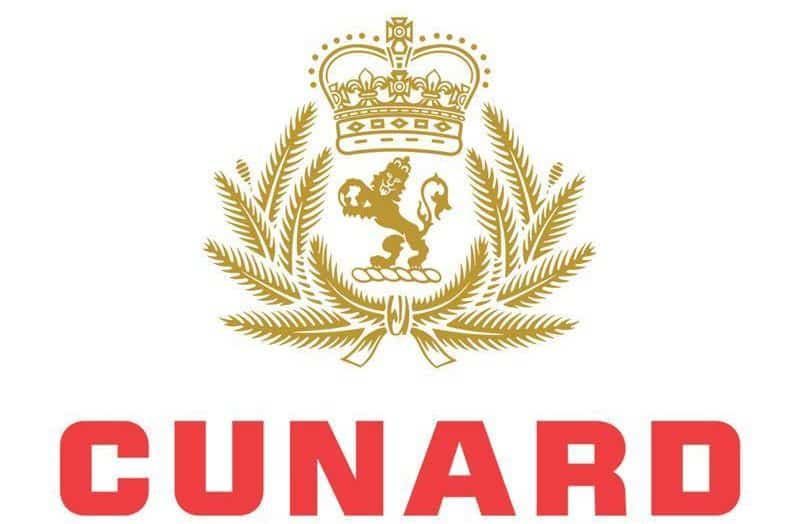







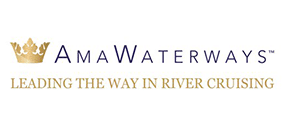
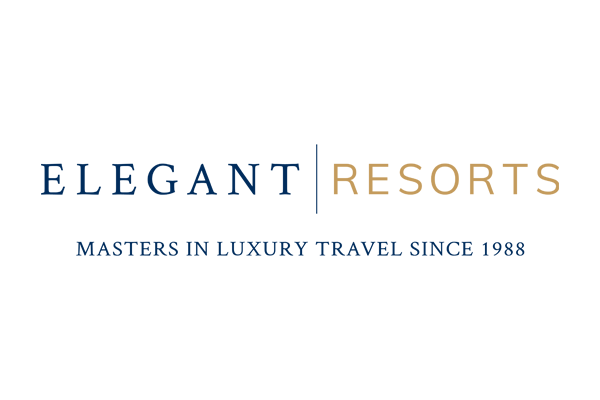






















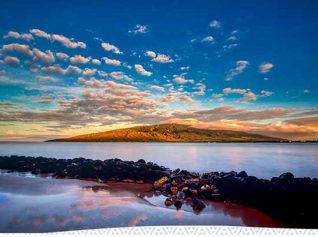
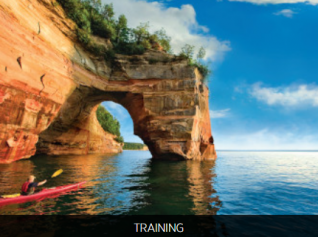






Abercrombie & Kent hails $500 million funding boost
British Airways passengers endure 11-hour 'flight to nowhere'
CLIA: Anti-cruise demos could cause itinerary changes in Europe
Gatwick braces for strike
Co-pilot faints, easyJet flight issues ‘red alert’